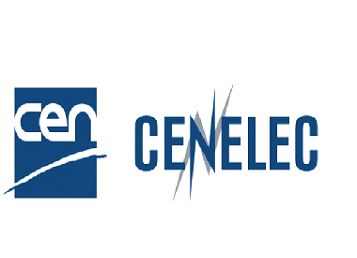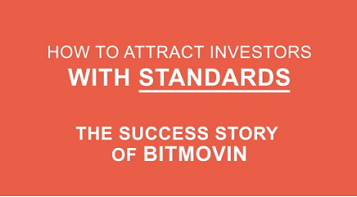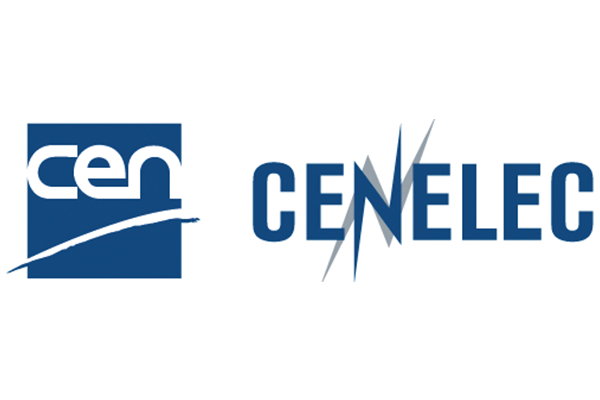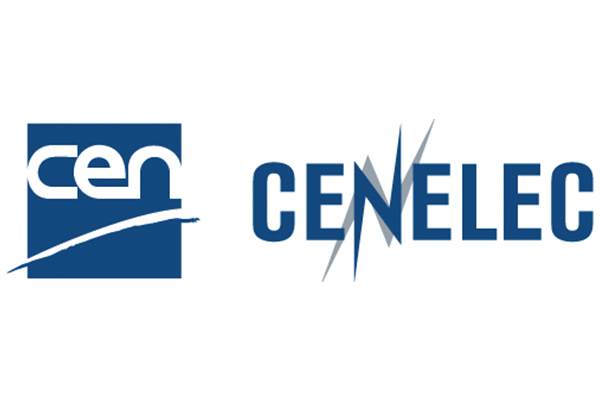In the field of intelligent transport systems (ITS), Cooperative ITS (C-ITS) has the potential to further increase the benefits of ITS services and applications. C-ITS is a subcategory of the overall ITS which includes instruments that communicate and share information between ITS Stations to give advice or take actions with the objective of improving safety, sustainability, efficiency and comfort beyond the scope of stand-alone ITS.
In October 2020, CEN and ISO published online a freely available brochure on the topic. This extensive document provides up-to-date information on global standardization in the domain of Intelligent Transport Systems, with a specific focus on Cooperative Intelligent Transport Systems. It is meant to serve as a guide for C-ITS system designers and to support the deployment of such applications. Especially, this living document complements the series of Technical Reports TR 21186 ‘Cooperative intelligent transport systems (C-ITS) - Guidelines on the usage of standards’ developed by CEN and ISO. The Brochure is available on the ITS webpage of the CEN website and on the website of CEN/TC278 Intelligent Transport Systems.
Developed by ETSI in the 90’s, the DECTTM standard (Digital Enhanced Cordless Telecommunications) is implemented in more than a billion short-range communication devices around the world. The technology is now taking a giant step forward with a new set of DECT-2020 New Radio (NR) standards: the ETSI TS 103 636 series defines an advanced radio interface applying modern radio technologies.
It is designed to provide a slim but powerful technology foundation for wireless applications deployed in various use cases and markets. DECT-2020 NR was developed to support broad and diverse wireless IoT applications requiring both ultra-reliable and low-latency communication needed in voice and industrial applications. It also supports massive machine-type communication with millions of devices in a network required in use cases such as logistics and asset tracking, industry 4.0 and building automation as well as condition monitoring.
Standards help researchers bring their innovation to the market and give credibility over the development of an innovative technology, and start-ups and spin-offs to scale up their business. The CEN and CENELEC Innovation Plan aims at addressing venture capital investors by highlighting the benefit of standards. For venture capitalists that invest in risky innovative business, it is crucial to assess the scalability potential of the businesses they are funding. From their perspective, seeing innovative technologies that are developed with the support of standards can reduce the risk for the companies in which they invest.
Bitmovin is a successful example of a start-up that managed to scale-up thanks to standardization. The company was started as a spin-off from research at the University of Klagenfurt, in Austria. Bitmovin’s founders were involved very early in the standardization process of a new video technology and they co-created the MPEG-DASH standard, adopted as ISO/IEC 23009-1. Here you can watch the video success story of Bitmovin.
A group of experts in ETSI TC ITS, the committee in charge of Intelligent Transport Systems, has just completed a set of three standards related to Vulnerable Road Users (VRU) protection with the specification ETSI TS 103 300-3. This standard defines the VRU awareness service together with its key interfaces and protocols as well as the VRU awareness message (VAM) format, semantics and syntax.
The specification completes the Technical Report, ETSI TR 103 300-1 on use cases and the Technical specification, ETSI TS 103 300-2, addressing the functional architecture and requirements for VRU. The development of the standards included stakeholders from around the world and received a large set of contributions from representatives working on different types of vulnerable road users, for example bicycles and motorcycles.
Standards have a fundamental value in supporting and mainstreaming research and innovation. Yet, this value is very often misunderstood or underrated, also by policy makers – with very serious consequences for the ability of innovation ecosystems to scale up. This issue is at the heart of a new study published by Alfred Radauer, Driving from the Fringe into Spotlight: the underrated role of standards and standardization in RTDI policy and evaluation.
The study, which was published in the November 2020 issue of the fteval Journal for Research and Technology Policy Evaluation, tackles this issue through a lot of practice-based analysis and provides a series of recommendations to improve the situation. In particular, the paper points out that, while attempts are being made to bridge the gap between the two world of standardization and research, it is also clear that more spotlight on the standards topic is needed to reap the potential benefits when innovating and supporting innovation. Based on this, Mr Radauer presents a series of recommendations, both for researchers and policy makers.
At the meeting of its General Assembly, ETSI has validated a new strategy, the result of an intensive development process over the last months. Titled ‘Designing tomorrow’s world’, the strategy has been shaped by ETSI’s diverse global community, drawing on the expertise and experience of more than 900 member organizations that include multinational and smaller companies, start-ups, research organizations and governmental institutions.
Representing ETSI’s values, mission and vision, Designing tomorrow’s world defines ETSI’s future direction as a world-leading Standards Developing Organization (SDO). The strategy builds on a recognition of the global importance of Information and Communication Technology (ICT) in sustainable development, together with the role of ICT standards to support the digital transformation of society.
Security standards are for all! Read CEN and CENELEC’s new brochure
The CEN and CENELEC Sector Forum for Security (SF-Sec) has developed a brochure to share with the security standardization community. The brochure includes examples of areas of security to which standardization is contributing. In addition, it contains clear examples of how individuals in the security standardization community have developed standards on concrete topics. The brochure aims to be a call to action to invite stakeholders to participate actively in these efforts. The full brochure can be read and downloaded on CEN and CENELEC’s website.












